About the Hosting Institutions and Main Supporters
The 56th CIMAM Annual Conference is co-hosted by The Museum of Contemporary Art (MOCA), the Hammer Museum at UCLA, and the Los Angeles County Museum of Art (LACMA).
Production of the 2024 Annual Conference is made possible thanks to the lead sponsorship from the Getty Foundation and the generous support from the Terra Foundation for American Art. Additional support for the conference is provided by the Perenchio Foundation and the Helen Frankenthaler Foundation. Hauser & Wirth, Getty Foundation, Jarl Mohn, and East West Bank provide hosting sponsorship.
The post-conference tour to the desert is made possible through the support of Desert X, Sunnylands Center & Gardens, High Desert Test Sites, Visit Greater Palm Springs, and Palm Springs Art Museum. Hosted Dinner at Tamarisk Country Club and Tour of ART AT TAMARISK.
CIMAM is eternally grateful to them for their generous support and strong commitment to sustainability in the field of modern and contemporary art museums.
Hosting Institutions
About The Museum of Contemporary Art (MOCA)

Founded in 1979, MOCA is the defining museum of contemporary art. In a relatively short period of time, MOCA has achieved astonishing growth; a world-class collection of nearly 8,000 objects, international in scope with deep holdings in Los Angeles art; hallmark education programs that are widely emulated; award-winning publications that present original scholarship; groundbreaking monographic, touring, and thematic exhibitions of international repute that survey the art of our time; and cutting-edge engagement with modes of new media production.
MOCA is a not-for-profit institution that relies on a variety of funding sources for its activities.
About the Hammer Museum at UCLA
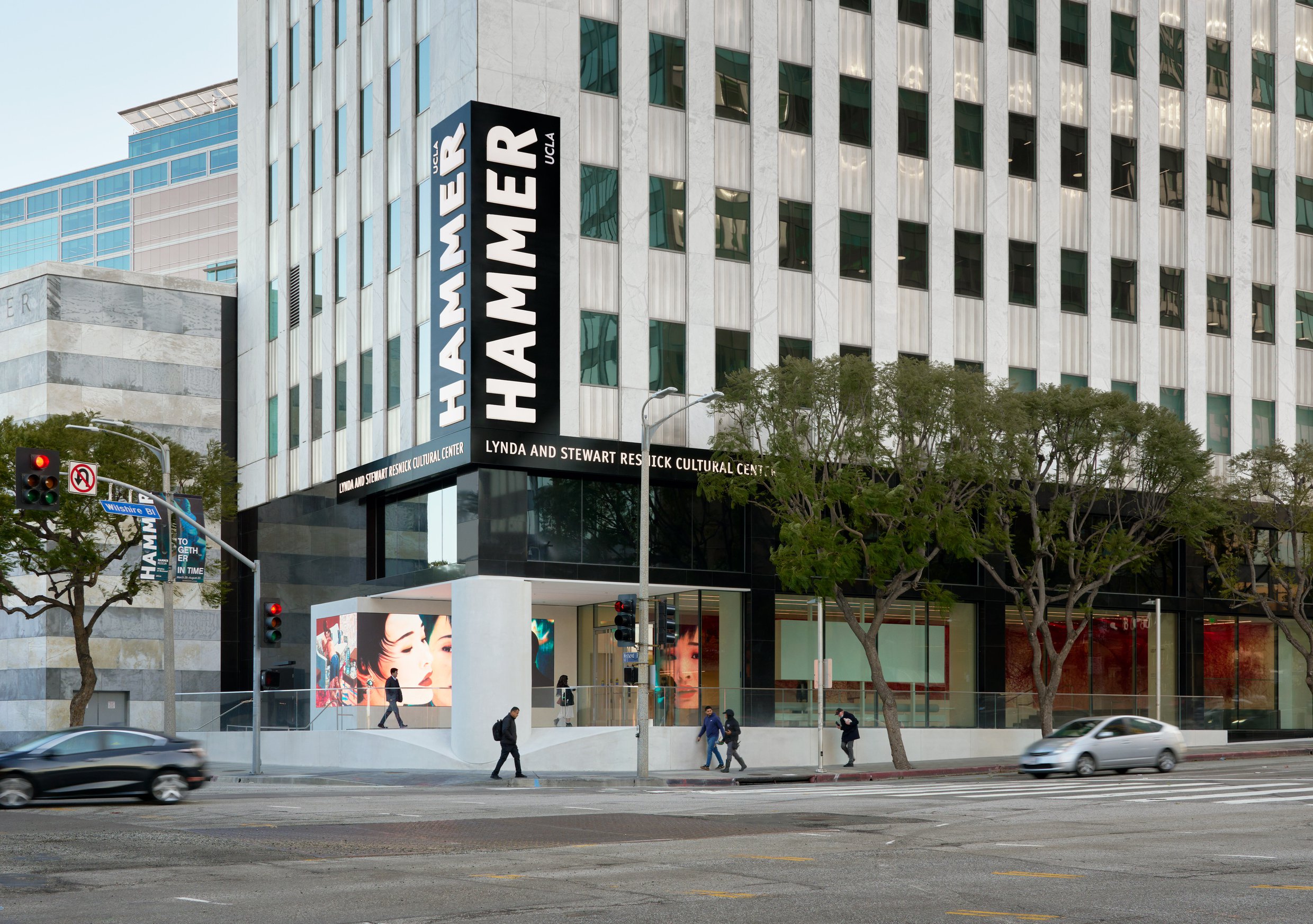
The Hammer Museum at UCLA is part of the School of the Arts and Architecture at UCLA, and offers exhibitions and collections that span classic to contemporary art. It holds more than 50,000 works in its collection, including one of the finest collections of works on paper in the nation, the Grunwald Center for the Graphic Arts. Through a wide-ranging, international exhibition program and the Made in L.A. biennial, the Hammer highlights contemporary art since the 1960s, especially the work of emerging and under - recognized artists. The exhibitions, permanent collections, and nearly 300 public programs annually— including film screenings, lectures, symposia, readings, music performances, and workshops for families—are all free to the public.
About the Los Angeles County Museum of Art (LACMA)
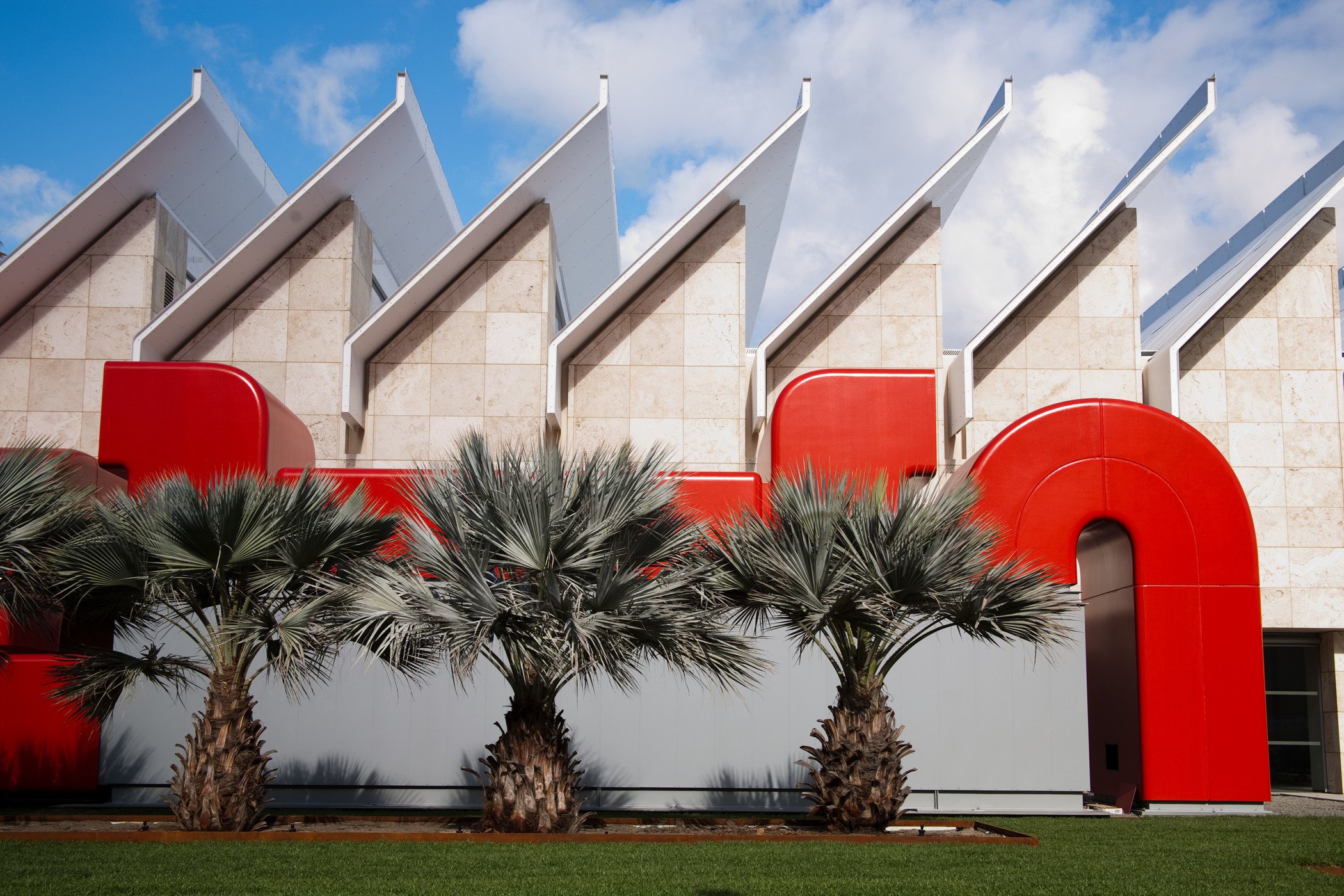
Located on the Pacific Rim, LACMA is the largest art museum in the western United States, with a collection of more than 152,000 objects that illuminate 6,000 years of artistic expression across the globe. Committed to showcasing a multitude of art histories, LACMA exhibits and interprets works of art from new and unexpected points of view that are informed by the region’s rich cultural heritage and diverse population. LACMA’s spirit of experimentation is reflected in its work with artists, technologists, and thought leaders as well as in its regional, national, and global partnerships to share collections and programs, create pioneering initiatives, and engage new audiences.
About The Academy Museum
The Academy Museum of Motion Pictures is the largest museum in the world devoted to the arts, sciences, and artists of moviemaking. The museum advances the understanding, celebration, and preservation of cinema through inclusive and accessible exhibitions, screenings, programs, initiatives, and collections. Designed by Pritzker Prize–winning architect Renzo Piano, the museum's campus contains the restored and revitalized historic Saban Building—formerly known as the May Company building (1939)—and a soaring spherical addition. Together, these buildings contain 50,000 square feet of exhibition spaces, two state-of-the-art theaters, the Shirley Temple Education Studio, and beautiful public spaces that are free and open to the public. These include: The Walt Disney Company Piazza and the Sidney Poitier Grand Lobby, which houses the Spielberg Family Gallery, Academy Museum Store, and Fanny’s restaurant and café. The Academy Museum is open six days a week from 10am to 6pm.
Lead Sponsorship
About the Getty Foundation

The Getty Foundation fulfills the philanthropic mission of the Getty Trust by supporting individuals and institutions committed to advancing the greater understanding and preservation of the visual arts in Los Angeles and throughout the world. Through strategic grant initiatives, the Foundation strengthens art history as a global discipline, promotes the interdisciplinary practice of conservation, increases access to museum and archival collections, and develops current and future leaders in the visual arts. It carries out its work in collaboration with the other Getty Programs to ensure that they individually and collectively achieve maximum effect. Additional information is available at www.getty.edu/foundation.
Support
About the Terra Foundation for American Art
The Terra Foundation for American Art, established in 1978 and having offices in Chicago and Paris, supports organizations and individuals locally and globally with the aim of fostering intercultural dialogues and encouraging transformative practices that expand narratives of American art, through the foundation’s grant program, collection, and initiatives.
Learn more at https://www.terraamericanart.org/
Additional support
About the Perenchio Foundation

The Perenchio Foundation is a private foundation established by the late A. Jerrold “Jerry” Perenchio. The Perenchio Foundation believes that arts play an essential role in building more equitable, culturally vibrant, and inclusive communities, and is guided by a commitment to create a positive, lasting impact in the Los Angeles region through the arts.
Learn more at www.perenchiofoundation.org.
About the Helen Frankenthaler Foundation
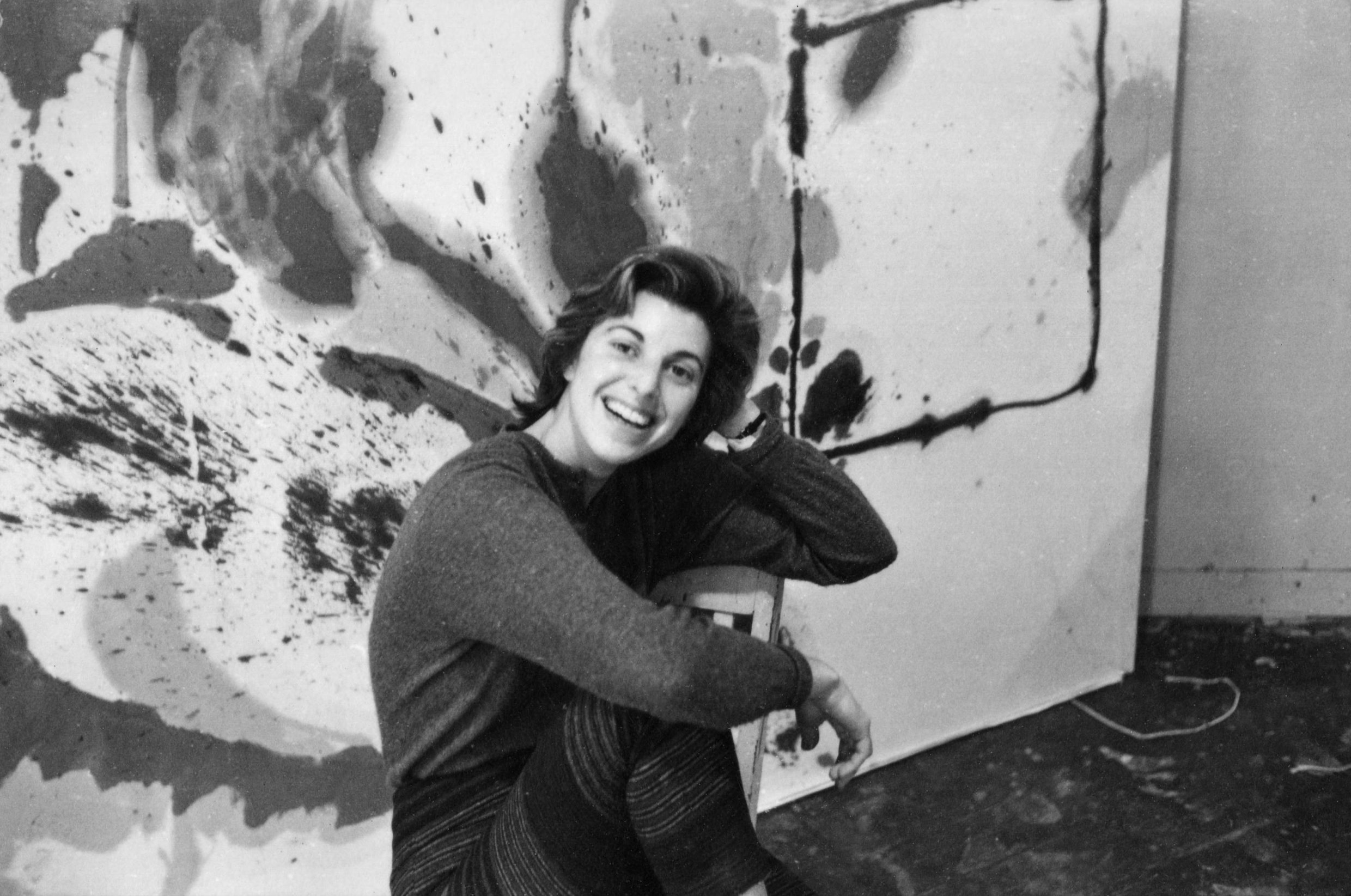
Established and endowed by Helen Frankenthaler (1928–2011) during her lifetime, the Helen Frankenthaler Foundation advances the artist’s legacy and inspires a new generation of practitioners through a range of philanthropic, educational, and research initiatives. Since becoming active in 2013, the Foundation has continued to strategically expand its program, which includes organizing and supporting significant exhibitions of the artist’s work, fostering new research and publications, advancing educational programs in partnership with arts organizations around the world, and launching groundbreaking initiatives that foster systemic change in the field, including its acclaimed Frankenthaler Climate Initiative (FCI). As a primary resource on the artist, and a steward of her collection and archive, the Foundation holds an extensive section of Frankenthaler’s work in a variety of mediums, her collection of works by other artists, and original papers and materials pertaining to her life and work.
Learn more at www.frankenthalerfoundation.org
Hosting Sponsorship
About Hauser & Wirth Downtown Los Angeles
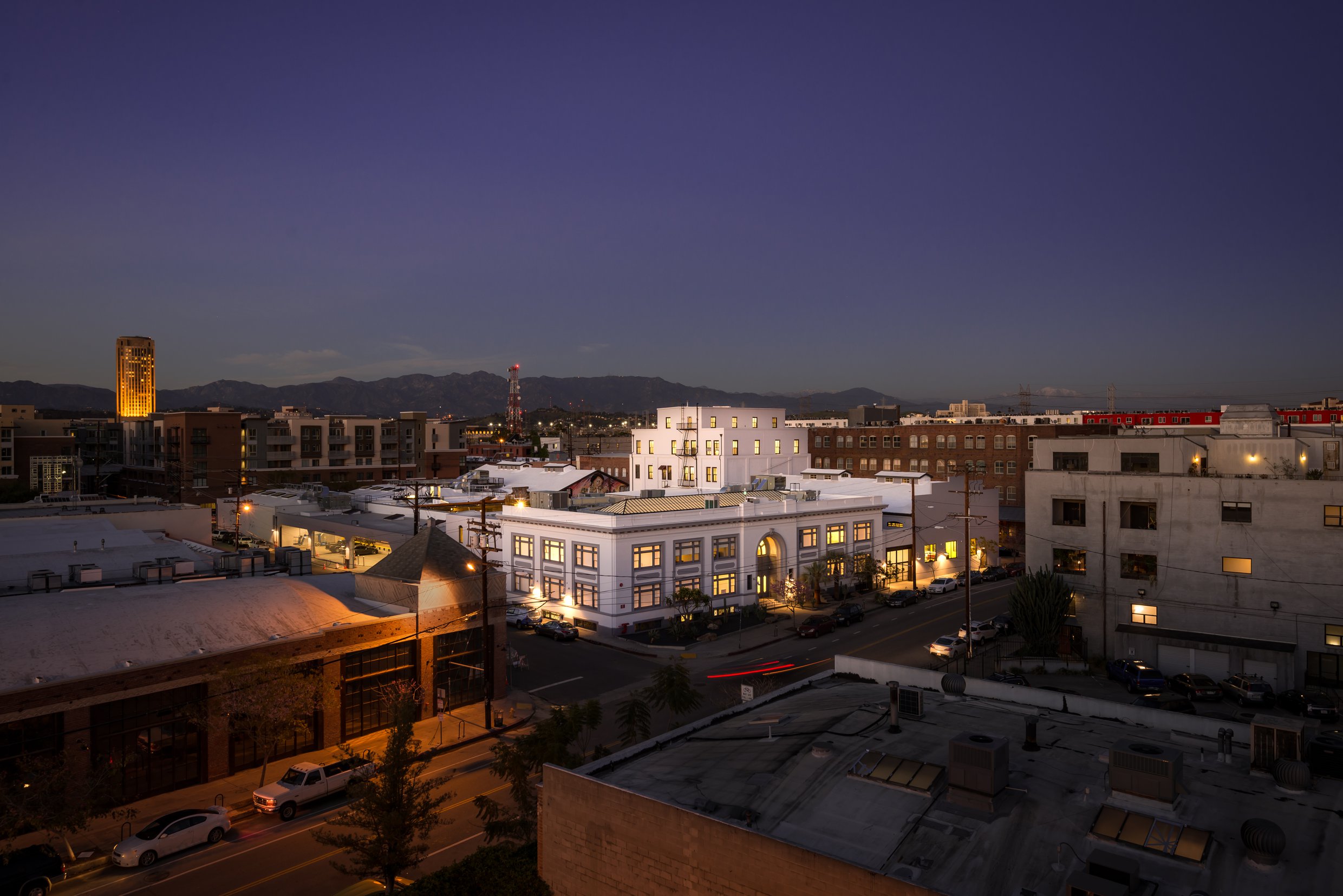
Hauser & Wirth opened its first Los Angeles location in 2016 in the heart of the burgeoning Downtown Arts District at 901 East 3rd Street. Occupying a former flour mill, Hauser & Wirth Downtown Los Angeles is a vibrant communal space that links arts and architecture with a dynamic events program. In addition to supporting and collaborating with many local and international cultural organizations, nonprofits, and universities, the Los Angeles gallery fosters public dialogue with the arts through a range of activities that engage the city’s diverse population.
For more information, visit www.hauserwirth.com
About East West Bank

East West Bank is a U.S. commercial bank headquartered in Los Angeles and is the largest state-chartered bank in California, with over $70 billion in assets. Founded in 1973, the Bank provides financial services to help customers reach further and connect to new opportunities. The East West Bank Art Program showcases the work of contemporary artists to raise awareness, spark conversation, and foster understanding of diverse communities. East West Bank operates 120 locations in the United States and Asia.
For more information, visit www.eastwestbank.com.
Post-conference tour Supporters:
About High Desert Test Sites

High Desert Test Sites is a platform for art and experiences that enable us to step outside everyday life and envision new possibilities. The organization is based at A-Z West—Andrea Zittel’s 80-acre compound and artwork adjacent to Joshua Tree National Park—where it brings together artists, writers, and thinkers to create projects that engage the desert and its communities. Since its founding in 2002, HDTS has hosted more than 500 artists from near and far, 12 expansive site-specific programs, and 25 solo projects.
Explore more at hdts.site.
About Sunnylands Center & Gardens

Sunnylands Center & Gardens, in Rancho Mirage, California, serves as the public access point to the historic, 200-acre estate of Ambassadors Walter and Leonore Annenberg. Opened in 2012, the Center & Gardens offers more than a mile of walking trails among nine acres of serene desert gardens. Programs educate the public about the history of Sunnylands, its architecture, art collections, cultural significance, and sustainable practices. The Sunnylands estate, completed in 1966, features a nine-hole golf course and 25,000-square-foot home by architect A. Quincy Jones. The Annenbergs frequently hosted U.S. presidents, royalty, international political figures, and cultural and entertainment icons on the estate.
For more information, visit https://sunnylands.org/
About Desert X

Desert X is produced by The Desert Biennial, a not-for-profit 501(c)(3) charitable organization founded in California in 2015, conceived to produce recurring international contemporary art exhibitions that activate desert locations through site-specific installations by acclaimed international artists. Its guiding purposes and principles include presenting public exhibitions of art that respond meaningfully to the conditions of desert locations, the environment and Indigenous communities; promoting cultural exchange and education programs that foster dialogue and understanding among cultures and communities about shared artistic, historical, and societal issues; and providing an accessible platform for artists from around the world to address ecological, cultural, spiritual, and other existential themes. For more information, visit https://desertx.org/
About Visit Greater Palm Springs
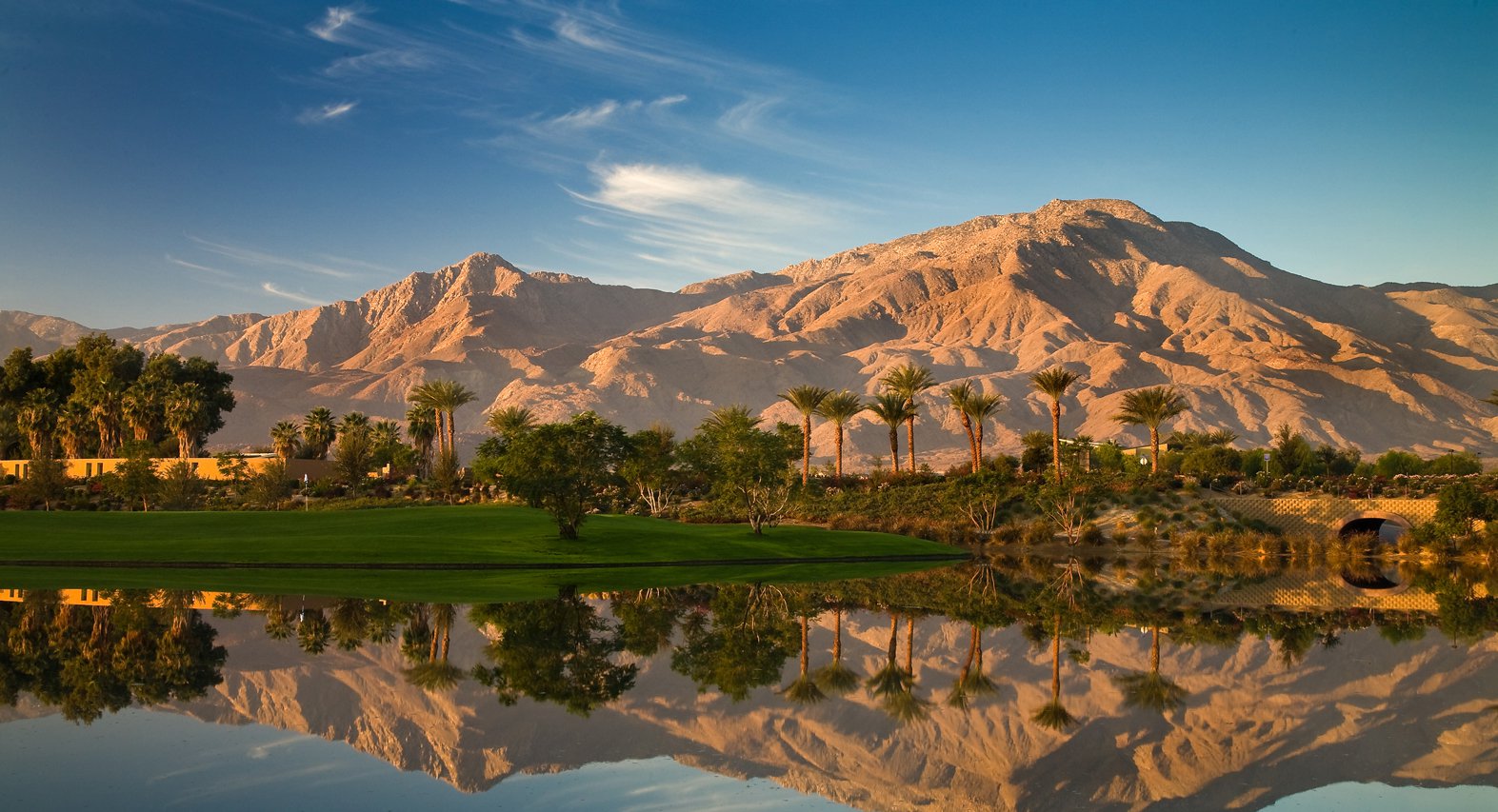
Greater Palm Springs is Southern California’s desert oasis, with nine cities—Palm Springs, Desert Hot Springs, Cathedral City, Rancho Mirage, Palm Desert, Indian Wells, La Quinta, Indio, and Coachella—each offering its own blend of experiences. And with natural hot mineral springs, lush palm groves, over 100 golf courses, world-class events, and more than 300 days of sunshine annually, Greater Palm Springs offers an escape from the ordinary with its unique combination of adventure, inspiration, and relaxation. In Greater Palm Springs, the choices are as endless as our blue skies. Offering a celebrated art and culture scene, Greater Palm Springs draws visitors from around the globe with year-round happenings, such as the Palm Springs International Film Festival, Desert X, Modernism Week, the Coachella Valley Music & Arts Festival, Stagecoach Festival, Greater Palm Springs Pride, and a host of food festivals offering days of dining and tastings.
Learn more at www.visitgreaterpalmsprings.com
Tamarisk Country Club and Tour of ART AT TAMARISK are generously sponsored by members:
Susan and Rod Lubeznik, Mihail Lari and Scott Murray, Sally and Jon Kovler, Lori and Howie Friend, Jay Hart and David Mazer, Susan and Lonnie Edelheit, Craig Hartzman and James John, Jeff Joyce and Bill Rogers, Donna and Jim Pohlad, Steve and Janet Anixter, Marilyn Loesberg, Rob Levine and Larry Ginsberg, Karen Fox, Jerry Spellman and Chet Robachinski, Bob and Jane Clark.